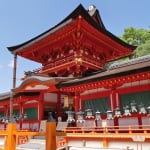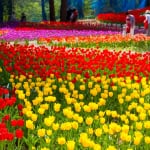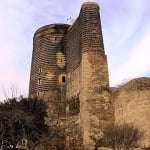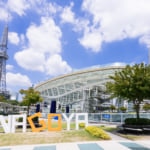Name: Mohammad Al-Amin Mosque
Address: Martyrs' Square, Amir Bachir, Beirut, Lebanon
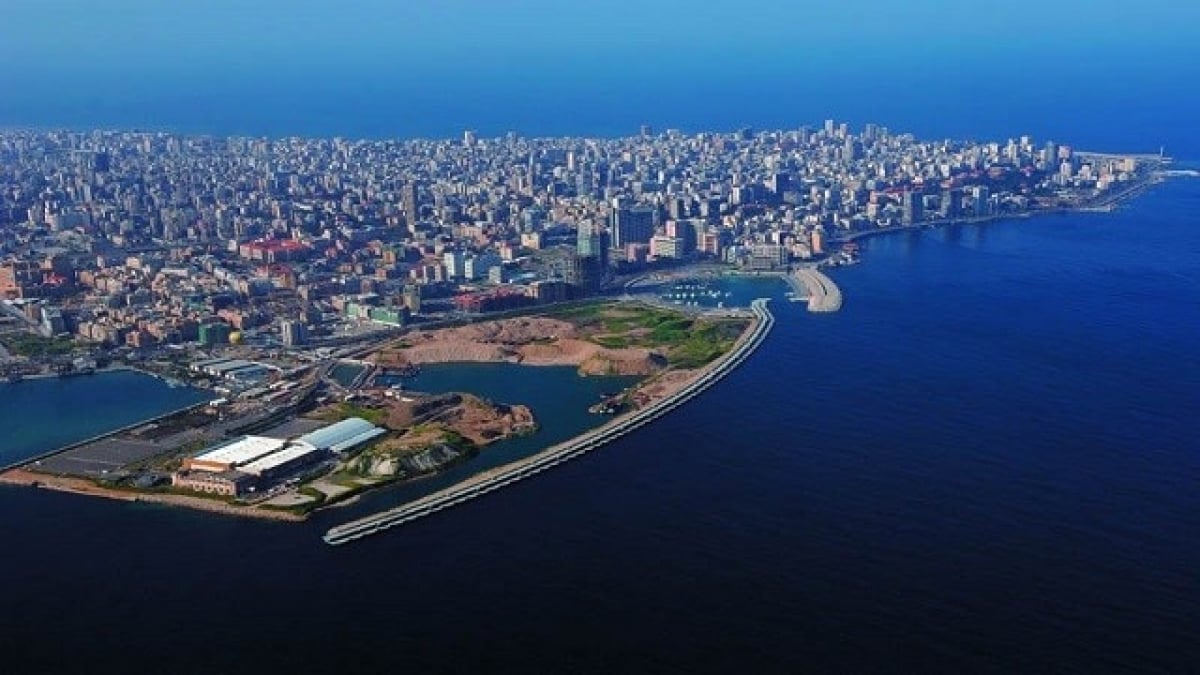
Beirut, the Paris of the Middle East: 7 Must-Visit Attractions
Lebanon is the only Arab country without a desert. It boasts snow-capped mountains and abundant natural beauty, earning it the nickname "Switzerland of the Middle East." The capital, Beirut, was once celebrated as the "Paris of the Middle East" for its elegance and cosmopolitan charm. However, the Lebanese Civil War, which erupted in 1975 due to internal power struggles, saw the involvement of neighboring countries and Western powers, leading to 15 years of turmoil. Beirut, the heart of the conflict, bore the brunt of the devastation—its once-glorious cityscape was reduced to ruins, and countless civilians lost their lives.
Despite efforts to rebuild, Lebanon has faced further challenges, including the Israeli airstrikes in 2006 and ongoing political instability following the Arab Spring. As of 2016, the situation has largely improved, and apart from areas near the Syrian border, the country is under a Level 1 travel advisory.
table of contents
[x] close
Beirut, the Paris of the Middle East: 7 Must-Visit Attractions
1. Mohammad Al-Amin Mosque
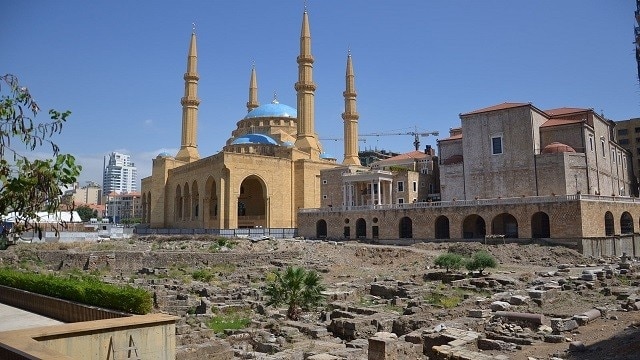
Located in the heart of Beirut, the Mohammad Al-Amin Mosque was originally a small mosque with a different name. In the 20th century, during its expansion, it was named after the “Honest Prophet Mohammad.” The expansion work was halted due to the Lebanese civil war, but it resumed in 2002 and was completed in 2008, making it a relatively new mosque. The design was handled by Palestinian architect Rasem Badran, who also worked on the Grand Mosque in Riyadh.
A striking feature is its beautiful lapis lazuli-colored dome, topped with a gold-plated crescent that shines brilliantly. The four minarets stand at 69.5 meters, making the mosque a landmark visible from anywhere in Beirut. To reflect Lebanon’s history, the architectural style incorporates elements from the Mamluk period, the Ottoman Empire, and Lebanon’s unique style. Inside, crystal chandeliers shine brightly, and the interior dome features intricate Islamic geometric patterns, making it a visually stunning mosque.
2. National Museum of Beirut
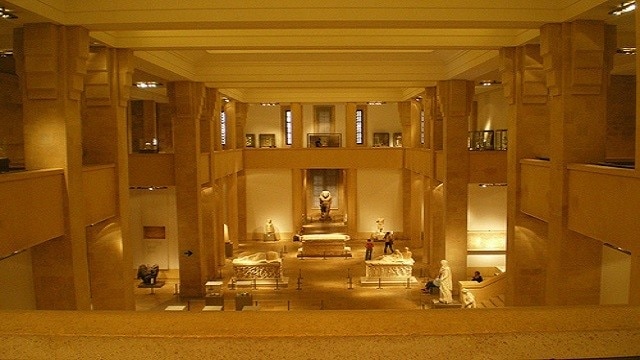
The National Museum of Beirut is located along the Green Line that once divided Beirut into east and west. During the Lebanese Civil War that started in 1975, the museum's collection was relocated to safer locations. However, after the war, many of the artifacts and the building itself suffered from 15 years of poor conditions, leading to a long restoration process before the museum finally reopened in 1999.
The museum holds around 100,000 artifacts, though only about 1,300 are on display. Among its most significant exhibits are the sarcophagus of Ahiram, King of Byblos, with the earliest known Phoenician inscriptions, a bronze statue of a soldier, and Roman-era artifacts. The collection is of exceptional quality, making this museum one of the most impressive in Lebanon.
Among the Bronze Age artifacts, there are Egyptian-style stone statues with hieroglyphs, showcasing the deep influence of Egyptian trade on Lebanon’s ancient civilizations. This museum is a must-visit attraction in Beirut. Since it is a bit far from the Hamra district, where many hotels are located, it is best to take a taxi.
Name: National Museum of Beirut
Address: Corner of Museum Street, Damascus Street, and Abdallah El Yafi Avenue, Beirut
Official Website: www.beirutnationalmuseum.com
3. Nahr al-Kalb (Dog River)
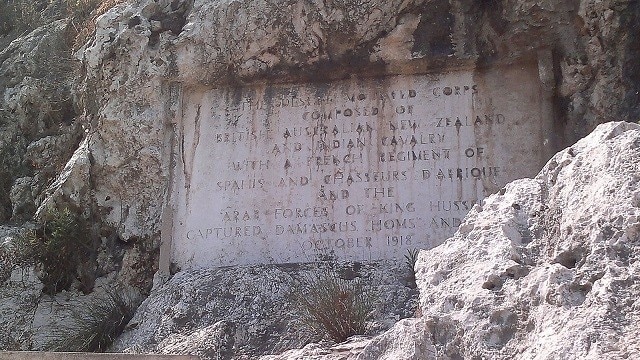
Heading north along the coastal road from Beirut toward Tripoli for 15 km, you will find a river just past the tunnel before Jounieh. In Arabic, this river is called Nahr al-Kalb (Dog River). The name originates from an ancient road that once ran along the river, connecting Mesopotamia and Egypt. At that time, statues of dogs were placed instead of watchdogs, which led to its name.
When the Egyptian Pharaoh Ramses II passed through this area after the Battle of Kadesh, he built a stele with his name inscribed on it. This inspired later historical figures to leave their own inscriptions. Today, 19 inscriptions have been confirmed, including those of the Babylonian King Nebuchadnezzar, Assyrian King Nebuchadnezzar II, Roman Emperor Caracalla, and even Napoleon III. Some of these steles are quite impressive and worth seeing. Since it is located on the way to Jeita Grotto, consider stopping for a short visit. It can be fun to guess which historical figure each inscription belongs to!
Name: Nahr al-Kalb (Dog River)
4. Jeita Grotto
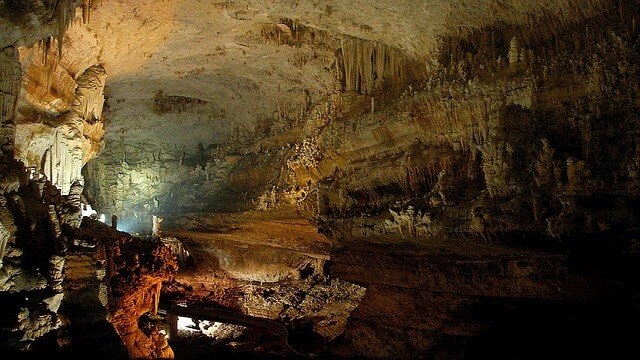
Recognized as one of the most beautiful limestone caves in the world, Jeita Grotto was discovered in 1836 by an American hunter. Its abundant water source is also the headwater of Dog River. The cave is divided into two sections: the upper cave, which is explored on foot, and the lower cave, which is toured by boat. Since it is a guided tour, a guide will accompany visitors.
First, a cable car takes you to the upper cave, but be mindful that photography inside the cave is prohibited. In a vast dome-like chamber, a concert once took place under the direction of Karajan, gathering as many as 500 spectators. Next, a mini train transports visitors to the lower cave. Here, tourists take a boat ride along a 623-meter underground lake. Inside, the temperature remains between 14°C and 19°C, offering a refreshing break from the heat outside. The underground lake is illuminated from below, creating a mesmerizing reflection of the cave’s ceiling on the water surface. It is a must-visit attraction near Beirut.
Name: Jeita Grotto
Address: Valley of the Dog River/Keserwan, Beirut
5. Corniche (Seaside Promenade)
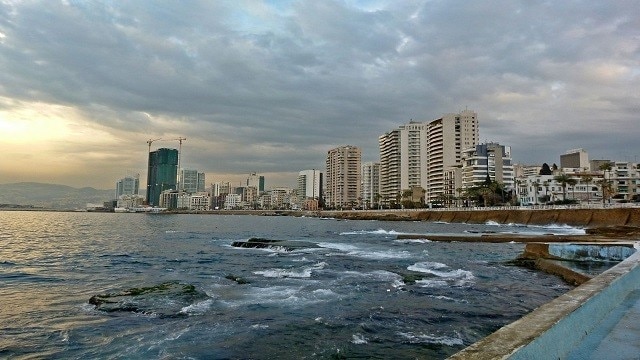
Corniche refers to the seaside promenade and serves as a walking and jogging course for Beirut residents, as well as a place to relax, have tea, or watch the sunset. One of the most developed areas along the Corniche is Zaitunay Bay, known as the trendiest and most luxurious spot in Beirut. The marina is lined with luxurious yachts and cruisers, and cutting-edge cafés and restaurants create a lively atmosphere where people enjoy a relaxed time by the sea. In contrast, in the older district of Beirut along the Corniche, you will find local teahouses where elderly men gather, as well as trendy cafés popular among the youth. Many people enjoy smoking shisha (water pipe) and drinking Arabic coffee. Fishing is also a common activity here, so you might want to give it a try!
Another highlight along the Corniche is the Pigeon Rocks, two giant rock formations named after their resemblance to pigeons. These rocks stand about 22 meters high, and visitors can take a boat ride to get close. The illuminated rocks at night are also a beautiful sight not to be missed!
Name: Corniche (Seaside Promenade)
6. American University of Beirut
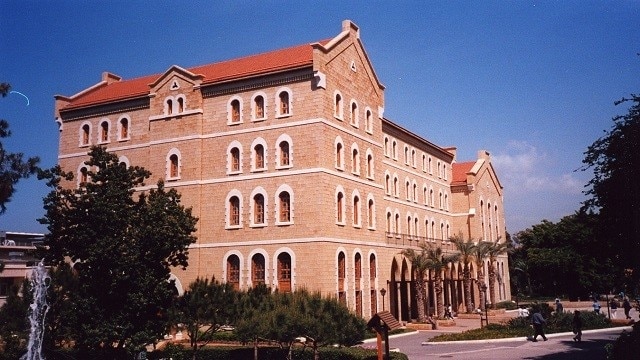
The American University of Beirut (AUB) was founded in 1866 by American Protestant missionary Daniel Bliss. It is recognized as one of the leading private universities in the Middle East. Located along the Corniche, the campus is open to visitors with a passport or any form of ID. The university grounds offer scenic views of the coast, mountains, an archaeological museum, a chapel, and a clock tower, making it a refreshing place to take a stroll and escape the city's hustle and bustle. Be sure to visit the Assembly Hall, which houses a pipe organ.
Adjacent to the university’s main gate is the AUB Museum, which, despite its small size, showcases an impressive collection of artifacts excavated in Lebanon and nearby regions. The exhibits include pottery from 3000 BC, statues of ancient mother goddesses, prehistoric relics, Phoenician glassware, and Arabic-era coins. Walking around the campus with Lebanese university students can be a truly unique experience.
Name: American University of Beirut
Address: Riad El-Solh, Beirut 1107 2020, Lebanon
7. The Sursock Museum

Located in the Ashrafieh district of East Beirut, the Sursock Museum was established in 1961, following the wishes of banker and art collector Nicolas Sursock, who entrusted the mansion to the government for public use. The building, originally constructed in 1912, showcases a stunning fusion of Ottoman-Turkish and Italian palace architecture. In 2008, a major renovation expanded the museum's total area fivefold by excavating four underground floors—all while preserving the elegant original façade.
The museum features art galleries, a lecture hall, a library, a restoration workshop, a restaurant, and a gift shop. It boasts an extensive collection of over 5,000 artworks, including Sursock’s personal collection, Islamic art spanning from the early Islamic period to the Ottoman Empire, Oriental carpets, contemporary paintings, sculptures, and a vast archive of 30,000 photographs documenting the Middle East. The museum has earned high acclaim for its rich and diverse collection, which also includes a special selection of Japanese prints donated by the Japanese Embassy.
Name: Sursock Museum
Address: Greek Orthodox Archbishopric Street, Ashrafieh, Beirut
Official/Related Website URL: http://www.sursock.museum/
◎ Summary
Did this pique your interest? Many professionals in the hospitality and tourism industry are fluent in English and French, making it easier for visitors to communicate. One of Lebanon’s unique characteristics is its religious diversity, with 60% of the population being Muslim and 40% Christian—a contrast to many other Arab nations. While the Middle East has faced instability since the 2011 Arab Spring, we hope that Beirut will soon reclaim its former elegance, vibrancy, and peace, much like the days when it was known as the "Paris of the Middle East."
RELATED ARTICLES
REGIONS
CATEGORIES
FEATURED ON Guide
-
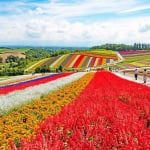
Where will you go for the summer vacation? Introducing recommended spots for domestic travel
-
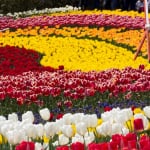
Kaizu City’s Recommended 7 Tourist Spots. Enjoy the Culture and History Nurtured by Wajū!
-
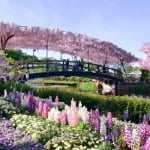
What Makes Ashikaga Flower Park So Special? A Treasure Trove of Photo-Worthy Spots!
-
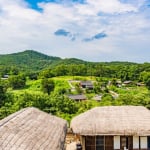
600 Years of Radiant Tradition: Korea’s Historic Villages of Hahoe and Yangdong
-

Two-Colored Seas and a Pink Beach! 4 Must-Visit Spots in North Eleuthera
MOST POPULAR ON Guide
-
 1
1Doha: Must-see Attractions in the Capital of Qatar
-
 2
2Toronto: 10 Things to do in this Picturesque Canadian City
-
 3
3Amarillo: A City Famous for It’s Amazing Canyons, Great History and Music
-
 4
4South Korea: Dazzling Scenery, Rich Culture and Fascinating History
-
 5
5Kuwait: A Country in Middle East Asia Famous for Hot Sand Dunes and Stunning Cityscape

